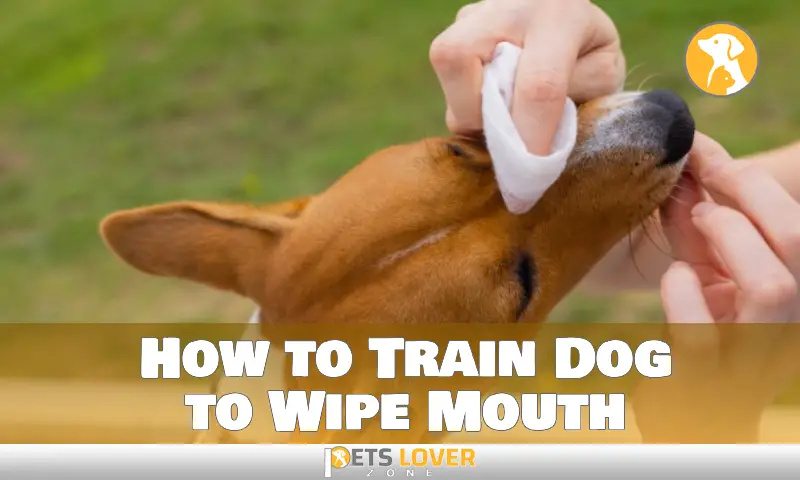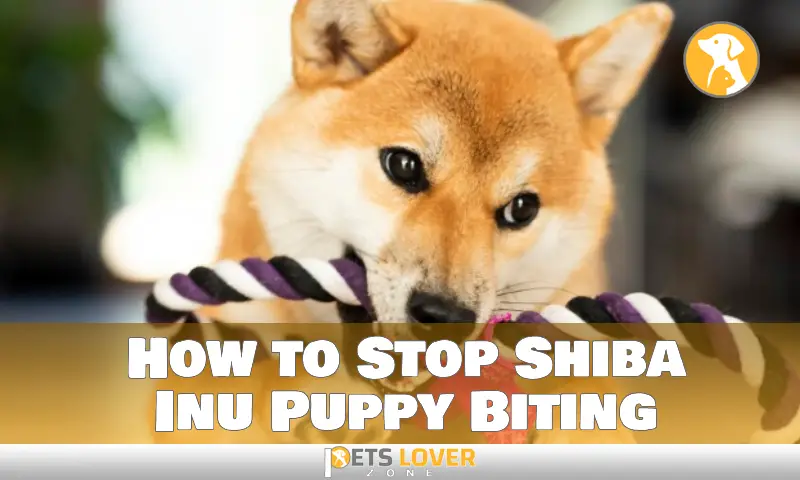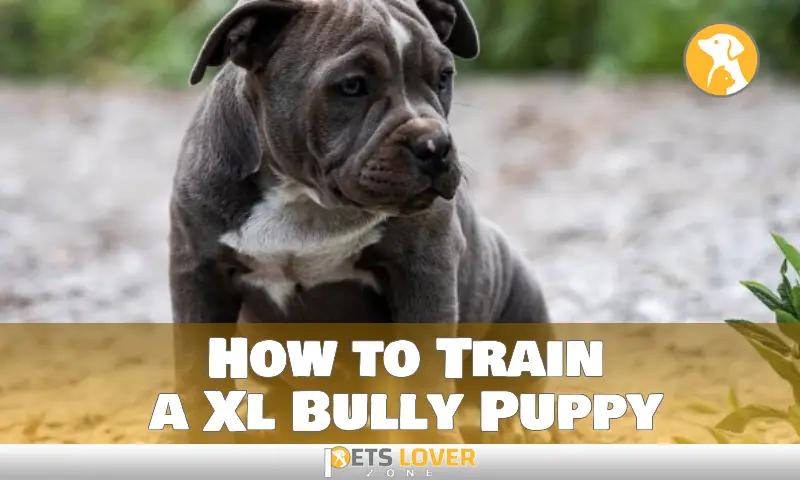It’s no surprise that pitbull puppies have a reputation of being feisty and playful. But, as with any breed of dog, proper training is essential in order for them to understand appropriate behaviors. Pitbull puppies can be so outgoing and energetic that they often forget their manners and can lead to them occasionally biting.
Fortunately, there are several strategies you can use to train your pitbull puppy not to bite. This includes teaching the pup commands, rewarding it for good behavior, and providing it with plenty of exercise and stimulation. Also, you must exercise patience when training your dog because doing so will assist them learn the difference between right and incorrect behavior.
In this guide we will discuss the various strategies you can use to train your pitbull puppy not to bite, as well as some tips on how to handle any situation should it arise. By following these steps, you can ensure that your pup grows up safe, healthy, and happy.
Understanding Why a Pitbull Puppy Bites
It’s important to understand why your Pitbull puppy may be exhibiting aggressive behavior, such as biting. This will help you develop a plan to stop and prevent the biting.
Pitbulls can suffer from fear, anxiety, and being overly territorial when it comes to protecting their home and owners. They may also feel that they need to bite if they feel threatened or see something or someone as a potential threat.
Puppies might also be excessively guarded of their food, toys, or other possessions. When pups bite, attention- or play-seeking behavior is frequently the driving force. If your dog is biting too forcefully when playing, give them toys to play with rather than letting them use your skin as a chew toy.
Setting Clear Boundaries & Expectations
Setting clear boundaries and expectations with a Pitbull puppy is critical to both their physical and emotional well-being. Establishing boundaries requires self-awareness and good communication skills. It helps to create an environment where your puppy feels safe and secure, allowing them to relax and enjoy life.
Boundaries should be clear, positive, and mutually agreed upon. When setting boundaries, it’s important to keep in mind that your Pitbull is a living creature with emotions. For example, if you don’t want your puppy to jump on the furniture, instead of saying “Don’t jump on the furniture,” say “Stay off the furniture.”
Having strong boundaries forms the foundation of a healthy relationship between you and your Pitbull. Your Pet will understand their limits and feel secure knowing their role in the home when boundaries are firm but fair. This enables the two of you to establish a relationship based on respect and trust.
Teaching the “No Bite” Command
When your puppy starts to nip you, it’s time to start teaching them the “No Bite” command. Start by saying “no” firmly and withdrawing all interaction. This means no speaking, petting, or eye contact – this will help your puppy understand that nipping is not acceptable behavior.
Once they have stopped biting you, offer a toy in place of your fingers and toes to redirect their energy. As your puppy accepts the toy and plays with it, reward them by talking to them calmly or even petting them. This will help reinforce that toys are for biting and not you, which will lead to improved behavior over time.
Lastly, consider asking your pup to sit when they start getting too excited or grabby with their teeth. Instead of nipping at you, sitting peacefully might help them focus their energies and get rewards. In addition to praise or treats, the act of obedience itself can be rewarded. This is followed by a quick game of fetch with the new toy.
The Power of Positive Reinforcement
Positive reinforcement is a powerful training tool that uses rewards like treats, praise, and toys to encourage good behaviors while discouraging bad ones. This helps to create trust between the dog and its owner—essential for any successful training.
When your pet does something you want it to do, reinforce the behavior with a reward that is given immediately. This is incredibly important as it teaches your dog the connection between the desired behavior and the reward received.
Positive reinforcement can also be used to discourage behaviors that you don’t want your puppy to exhibit. For instance, ignore the undesirable behavior and instead concentrate on rewarding your dog when it remains down if you don’t want it to jump up on people.
Remember: positive reinforcement should be paired with consistency and patience. With time, you and your pup will have a trusting relationship built off of mutual respect and understanding.
Using Timeouts for Unwanted Behavior
A timeout is an effective way to train your pitbull puppy not to bite. Timeouts should be given immediately after the undesired behavior is displayed and should be long enough for the pup to calm down and not view it as a reward or punishment. It is important to note that timeout should not include physical punishment such as scolding, hitting, or yelling.
Here’s how you can use timeouts effectively:
- When your puppy starts to display unwanted behavior, like biting, remove him from the situation and place him in a safe place without furniture or toys, like a bathroom or laundry room.
- Make sure the pup knows why he’s being placed in timeout by using a firm “no bite” command.
- Stay with your pup during the timeout until he stops trying to escape or demonstrating other signs of stress. When you can tell he has calmed down (e.g., stops barking), then you can let him out of timeout.
- After releasing him from timeout, have him perform an acceptable behavior like sit or stay before allowing him access to people and furniture again.
- Each time you put your puppy in timeout, be consistent with the length of time (as this will help teach desirable behavior) and use positive reinforcement when the desired behavior is displayed so that the pup will know what behavior you’d like him to exhibit instead of biting.
Consistency Is Key for Training Success
Training a puppy not to bite is a continuous process, and it will take your patience, dedication, and consistency to make it successful. To ensure good behavior and proper discipline, you need to be consistent with training. Establish boundaries from the start and commit to them – be consistent in what is allowed and what’s not. This may mean that you have to redirect your pup frequently, however this repetition is essential for them to learn what behavior is acceptable.
Additionally, rewarding appropriate behaviors is an important part of establishing trust between you and your pup. Positive reinforcement will encourage good habits for your puppy so they know which behaviors are acceptable. To ensure that your dog understands exactly what you expect from them, use these rewards sparingly but consistently throughout the training process.
People Also Like: How to Train Your Well Behaved Puppy Like a Champion
Conclusion
Training a pitbull puppy not to bite requires an understanding of the breed, its behavior and its strong tendencies. Starting as early as possible, you’ll need to create a consistent environment with clear rewards and discipline to instill good habits. To stop misbehaving, give your pup lots of mental and physical stimulation. Avoid using physical punishment of any type and place your attention on praise and rewards.
With a soothing voice, slow but consistent reinforcement, and lots of patience and love, you can set your puppy up for a lifetime of good behavior. By understanding your pup’s individual needs, you can help them to become an obedient, well-mannered member of your family.






